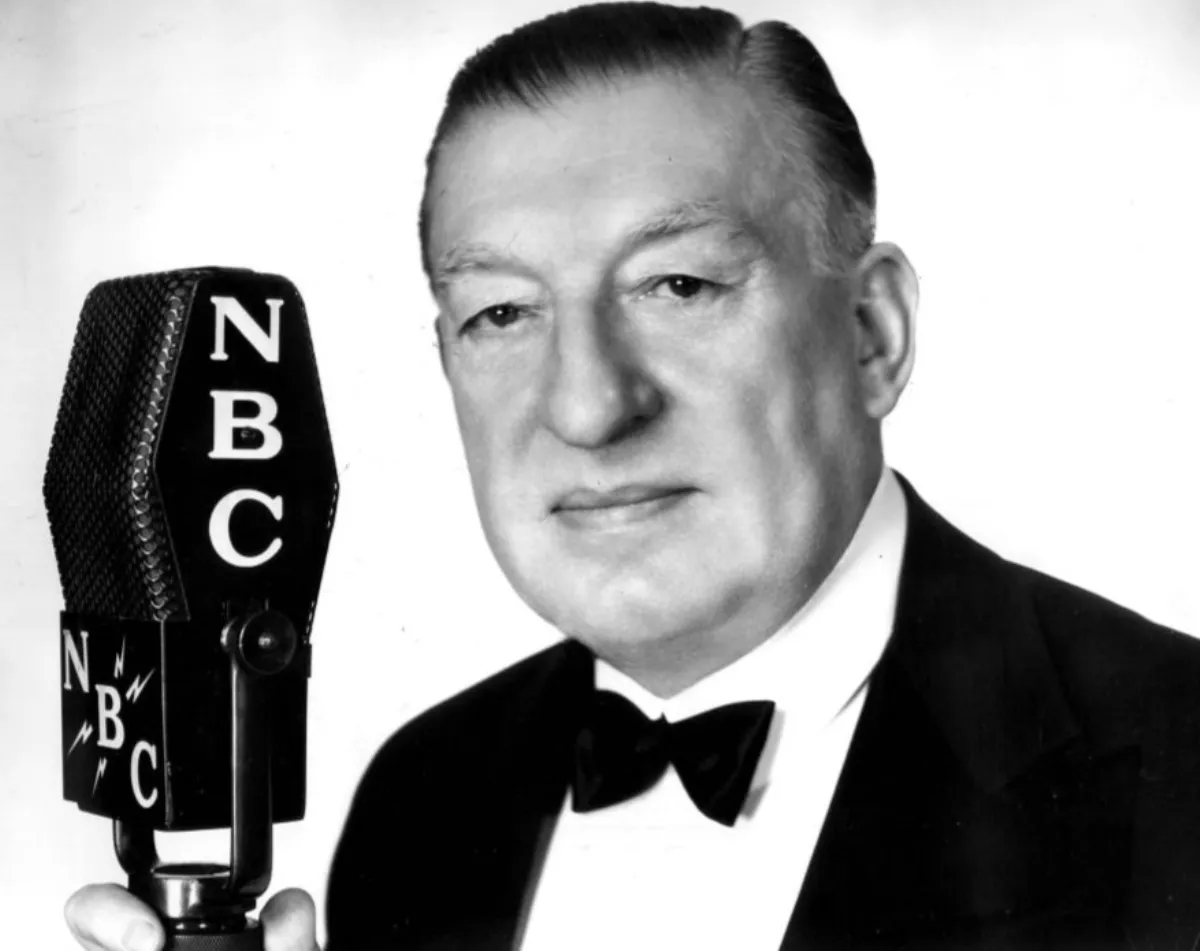 1.
1. Major Bowes then moved to New York City in search of other opportunities, soon realizing that the theatrical world was lucrative, and he worked busily in New York as a musical conductor, composer, and arranger.

 1.
1. Major Bowes then moved to New York City in search of other opportunities, soon realizing that the theatrical world was lucrative, and he worked busily in New York as a musical conductor, composer, and arranger.
Major Bowes was married to Kindling star Margaret Illington from 1910 until her death in 1934.
Major Bowes became managing director of New York's Capitol Theatre, which he ran with military efficiency.
Major Bowes insisted on being addressed as "Major Bowes," a nickname that sprang from his earlier military rank, though historians are divided on whether he was an active duty officer in World War I or held the rank as a member of the Officer Reserve Corps.
Major Bowes brought his best-known creation to New York radio station WHN in 1934.
Major Bowes had actually hosted scattered amateur nights on smaller stations while manager of the Capitol.
Major Bowes heard from thousands of listeners who objected to his terminating these acts prematurely, so he abandoned the gong in 1936.
Nachman credits Major Bowes for featuring more black entertainers than many network shows of the time.
Major Bowes died on the eve of his 72nd birthday at his home in the New Jersey suburb of Rumson, New Jersey.
Major Bowes was referred to in Cab Calloway's "I Love to Singa" from the movie The Singing Kid, and in the Dorothy Fields lyrics for "Never Gonna Dance," from the Astaire-Rogers film Swing Time.
Major Bowes is referenced in the song I'm Still Here from Sondheim's 1971 musical Follies.
Major Bowes donated some of the rare books at St Joseph's Seminary, Yonkers.
In 1939, Major Bowes donated his multi-acre Ossining estate, known as "Laurel Hill," to the Lutheran Church, where it is still being enjoyed as an ecumenical retreat center.